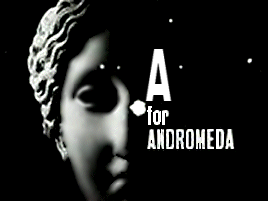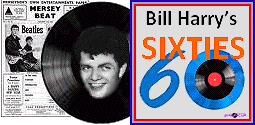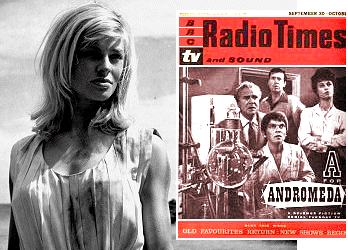 by Bill Harry |
Following
the success of the adult science fiction TV series based on Professor
Bernard Quatermass, the BBC decided to commission another adult
sci-fi project and approached Fred Hoyle, a professor of astronomy
and experimental philosophy at Cambridge University, who had penned
science-fiction novels such as 'The Black Cloud' and 'Ossian’s
Ride'.
He agreed and created an original story, which he dictated onto a tape recorder, and John Elliott then dramatised it for television. There were seven 45-minute monochrome episodes originally screened from December 3rd 1961 to November 14th 1961: The Message; The Machine; The Miracle; The Monster; The Murderer; Face of the Tiger; The Last Mystery. The final episode was 50 minutes in length. |



